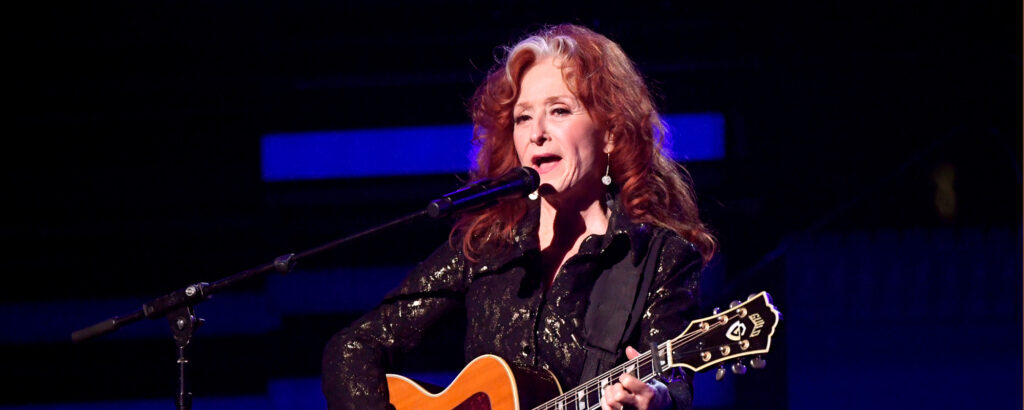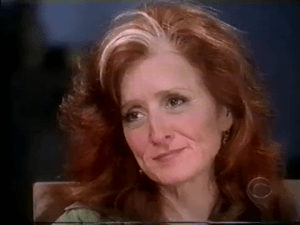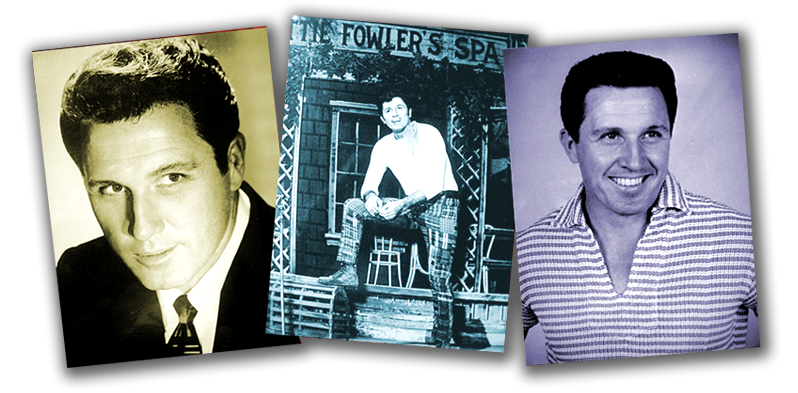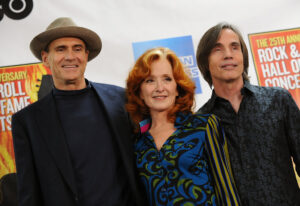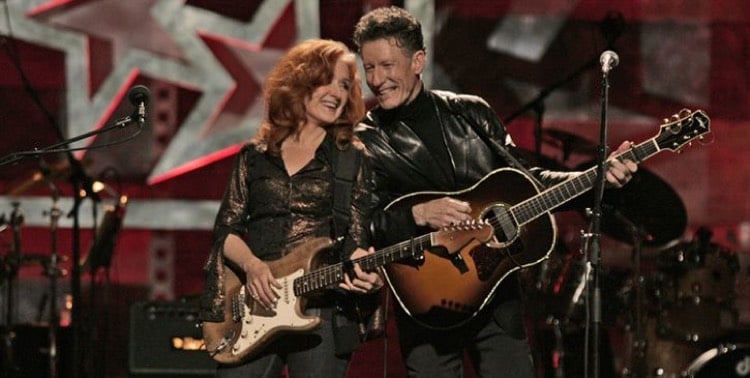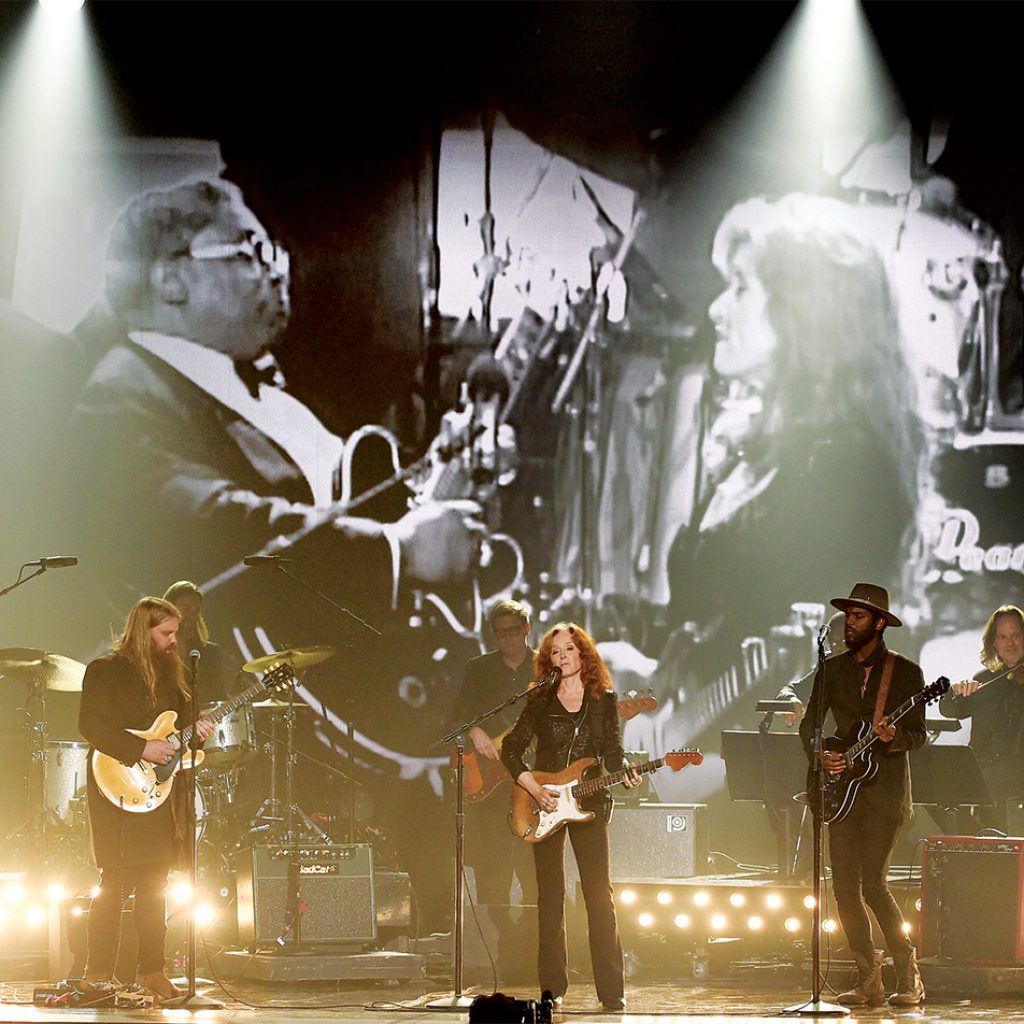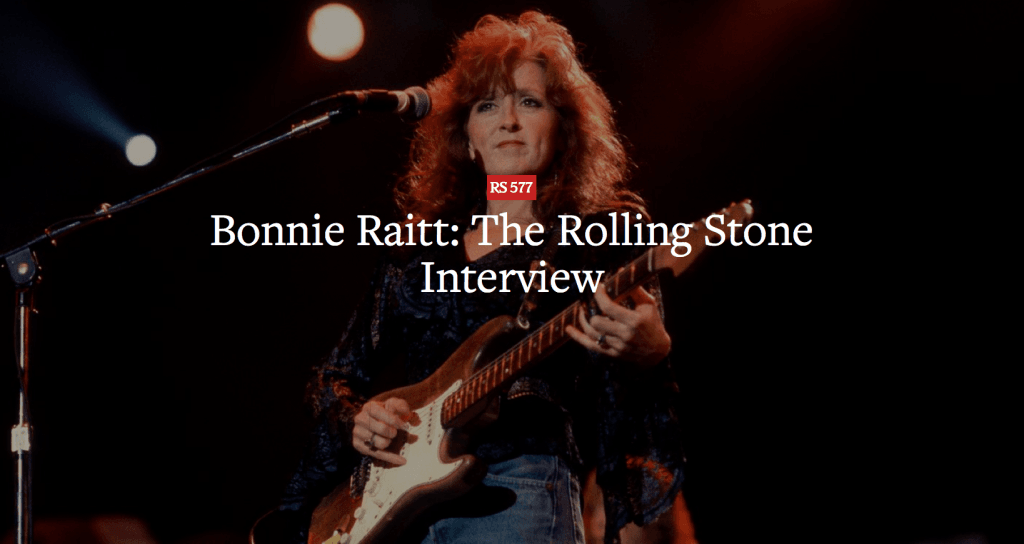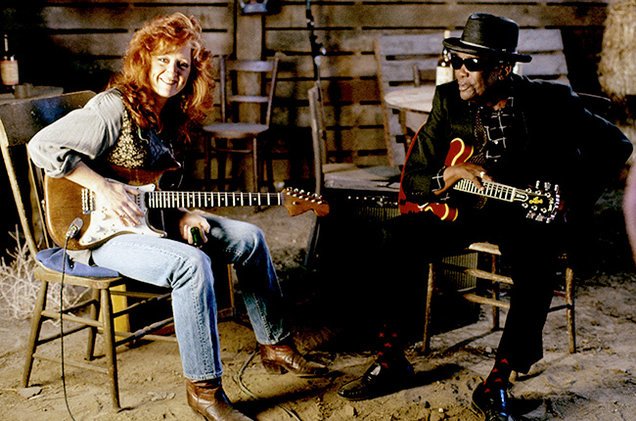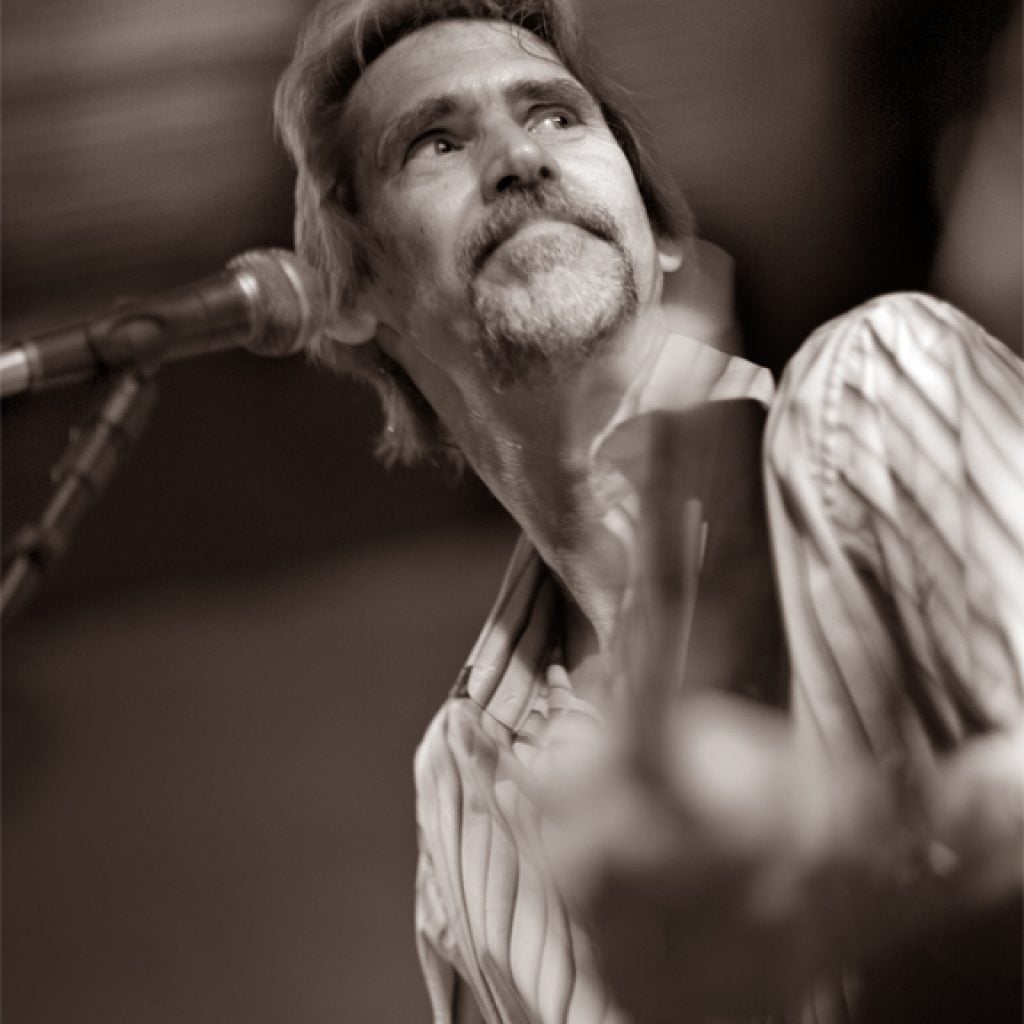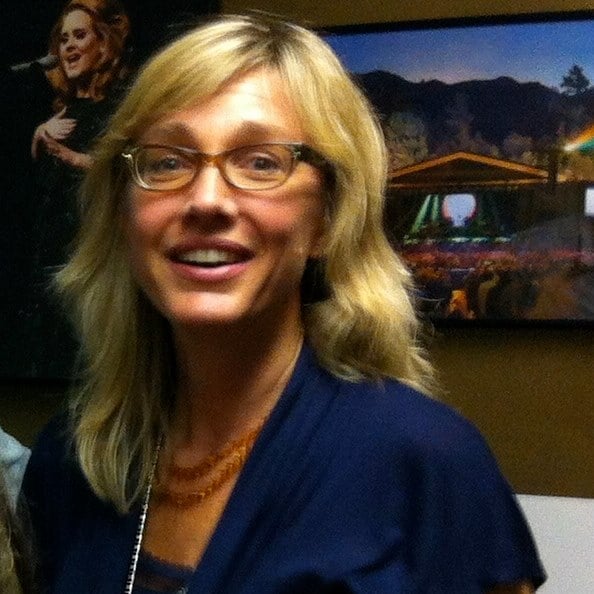
March 29, 1999
HAVANA — A Sunday night concert at the Karl Marx Theater, which paired Cuban and American stars like Bonnie Raitt, Carlos Varela, Jimmy Buffett, Jose Luis Cortes (“El Tosco”) and Joan Osborne, put an emphatic cap on a weekend buzzing with big-league baseball, international politics and music invented on the fly.
The event was the finale of Music Bridges Cuba, which brought some 80 American and Cuban musicians together for a week of songwriting, jamming and instant camaraderie.
The mix was a giddy, self-consciously historic stew — with plenty of hype, yet the real sense that for one weekend, Havana was at the center of the world’s attention.
The young and bohemian (for Cuba) crowd that streamed into the theater was hugely excited to see American pop musicians for the first time in 20 years. Few would give their names, nervous about talking to foreign journalists. Said one young man, who said he had spent more than half of his monthly salary on three tickets: “I wish this would happen twice a week, and even then, I am sure this theater wouldn’t be big enough.”
A radio programmer who regularly plays American music on his show said, “We Cubans are crazy for American musicians.”
But some of the stars that the Cubans were expecting — like Peter Frampton, James Taylor and Ziggy Marley — were last-minute cancellations. Jimmy Buffett played guitar and sang backup on one song, One World, with Paddy Maloney of the Chieftains and Todd Smallwood.
All in all, this was not an all-star American show like 1979’s Havana Jams, which almost everyone compared it to and which featured Weather Report, Rita Coolidge and Billy Joel.
Highlights included Joan Osborne’s sultry, bluesy Alone With You mixed with Sergio Ditier’s elegant danzon, or N’Dea Davenport, Rene Baños, Ernan Lopez Nussa and Dave Koz’s Que Importa, a funky, jazzy number that mixed Cuban and American rhythms and languages with equal panache.
But the musical bridge rarely connected: Oftentimes, the concert was American musicians doing their thing and Cuban musicians doing theirs. The sound was far more American than Cuban, with funk, rock and jazz fusion dominating. There was almost no son or other typical Cuban dance music.
Teacher disappointed
Fernando Rodriguez, a professor at the National School of Music in Havana, said he was somewhat disappointed. “Musically, there’s no cohesion,” he said. “There were some good things and good musicians, but it was like putting a bunch of different foods together — who knows what it will taste like. And it lacked the presence of real Cuban dance music. There are a lot of great dance musicians in Cuba — they should have been here.”
Jose Luis Cortes of NG La Banda, Andy Summers, Brenda Russell and Lucia Huergo delivered the only real Cuban dance number of the evening with the closing song, Esto Es Pa’ Gozar (This Is for Havin’ a Good Time), an electrifying timba jam in classic NG La Banda style. Afterward, artists and organizers from Music Bridges climbed into two Havana Tour buses and headed to a reception at the presidential palace.
To the artists, the most significant part of Music Bridges had taken place earlier in the week. “The concert is not what matters,” Cuban songwriter Kiki Corona said during a party for artists and organizers Friday night at the Hotel Nacional, where Cuba’s Orquesta Aragon and Vocal Sampling performed. “What matters is the experience we’ve had together this week. It was love at first sight.”
‘This was really great’
Peter Buck of R.E.M. looked around at the new best friends talking animatedly around the pool and sighed, “This was really great. But it’s almost sad. I can come back to Cuba, but this will never happen again.”
Those sentiments were extremely evident on stage. The artists opened with a group performance of Bridge Over Troubled Water, and the American musicians in particular repeatedly enthused about their experience and how much they loved being in Cuba.
“We came to Cuba to make friends, and it worked,” Smallwood said to the crowd. The good feelings resulted in a lot of heartfelt but cliched We Are the World-variety lyrics. Exceptions included Unlonely, a beautiful soul ballad by Montell Jordan, James Slater and Carlos Alfonso; Can’t Stop the Bus, a funky rap sung by Michael Franti; and In My Dreams, a love song in lush, three-part harmony by Carlos Varela, Beth Nielson Chapman and Santiago Felieu.
The most successful songs had lyrics that mixed personal and cultural connections. Others, like Bonnie Raitt, Woody Harrelson (who looked like he should be starring in a film called White Men Can’t Dance) and Pablo Menendez on Cuba Is Way Too Cool, delivered great blues and rock musicianship but overly obvious lyrics about a “happening little island” and “you’re just a bully throwing down,” referring to the United States.
Irreverent emcee
Tall, lanky Michael Franti of the hip-hop group Spearhead, with dreads snaking down his back, was an irreverent and ebullient emcee. After asking how many Orioles and Cubans fans there were in the house, a reference to the historic baseball game hours before, he said, “The nice thing about tonight is there’s no winning team and no losing team.”
The 25 songs performed at the show were chosen from more than 50 created in only five days, so perhaps it was to be expected that few would be a true fusion. The audience responded warmly nonetheless — especially when the artists delivered soul and showmanship, as Osborne did with the sexy blues of Alone With You, or Davenport and Baños did with their vocal virtuosity.
Although the good intentions clearly went both ways, this concert sounded much more American than it did American and Cuban. And as sincere as everyone seemed to be, they also were conscious that they were on display, that their interaction was being viewed through a powerful media microscope. The musicians repeatedly said they hoped to come back and do it all again, and the aim would seem to be to make the next Bridges a better connection.






 Visitors Today : 22
Visitors Today : 22 Now Online : 1
Now Online : 1






